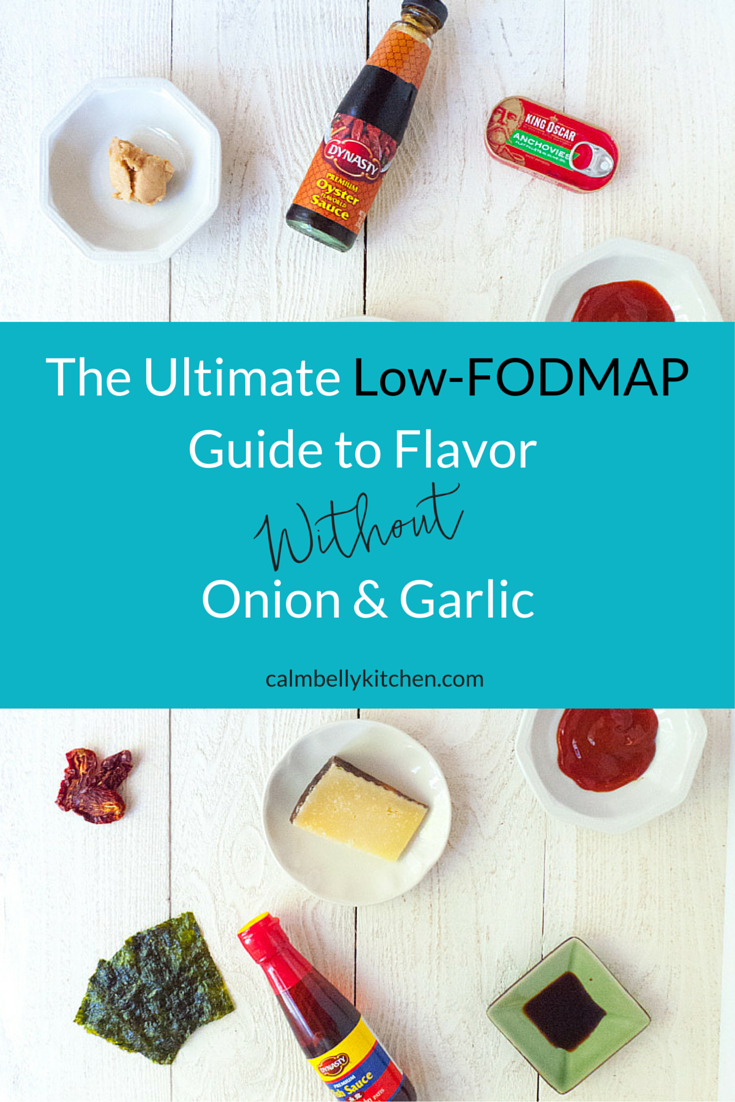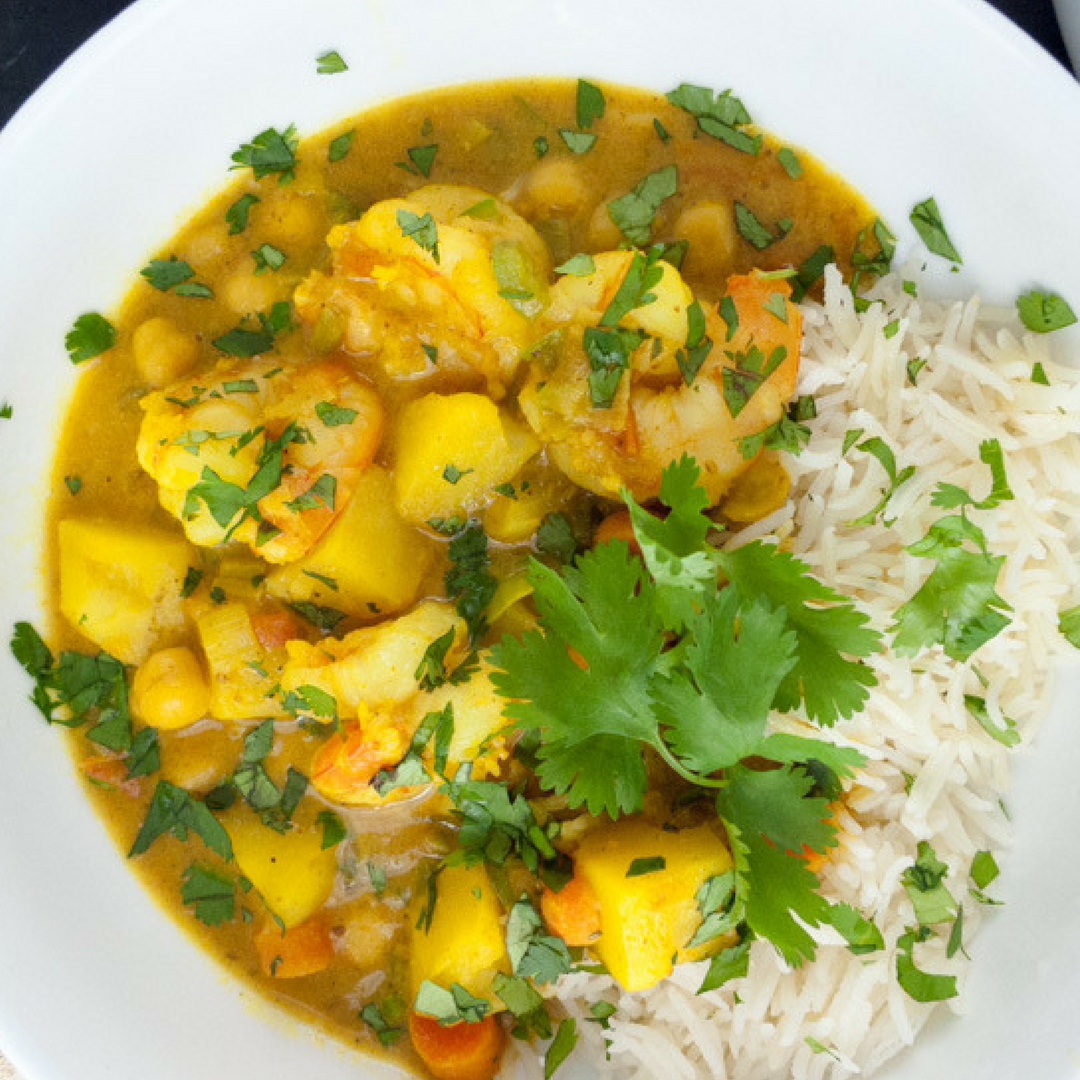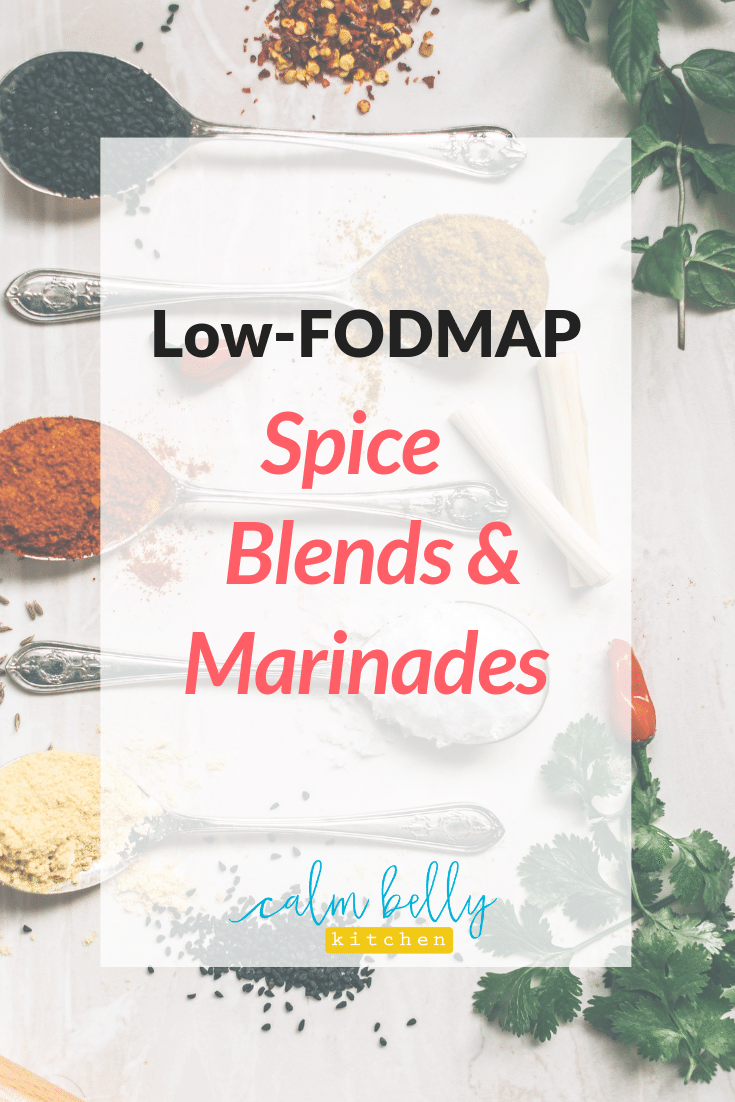Ultimate Guide to Making Your Favorite Recipes Low-FODMAP
You've Gotta Pin This One!
I love a good makeover (any What Not To Wear fans in here?), but even more than the fashion and style stuff, I love a recipe makeover.
Want proof? Here you go…
Yup, for over 3 years I wrote a monthly column for Clean Eating magazine where I revamped classic recipes to make them healthy and (obviously) clean. I loved this gig. But just because a recipe’s healthy doesn’t mean it’s IBS-friendly.
Lucky for you, making over your favorite foods into FODMAP recipes is NOT as hard as it seems. And you don’t need any ninja-chef skills to do it.
Psst >>> If you want to start the FODMAP Diet but feel overwhelmed, I created a FREE email course to ease you into it and give you the tools you need to succeed.
Click to sign up for the Free 7-Day FODMAP Jumpstart Challenge!
Why Recipe Makeovers?
It’s absolutely essential that you learn to make some of your favorite dishes low-FODMAP. Why? Because one of the biggest reasons people stumble in the first phase of the FODMAP Diet - the Elimination Phase - is the fear and sadness over giving up the food they love.
(I know this from experience - I wasted months before I finally did the Elimination Phase because giving up food was too sad.)
In this post, I’m laying out the best tips, tricks, strategies and substitutions I know to develop crave-able, drool-worthy FODMAP recipes. It's the foundation of the Calm Belly Kitchen Cookbook. And it’s how I got myself through the FODMAP Diet with zero deprivation.
This epic list of makeover strategies starts with simple swaps and progresses to mini recipes and creative flavor tactics.
Before you dive in, watch the video to see some of my personal favorite recipe makeover strategies and substitutions (If you love Italian and Mexican food, it's a must-see.). Then read the post with YOUR favorite recipes in mind.
If you remember one thing, make it this: Eating great food that you love is so do-able on the FODMAP Diet, and you’re not being sentenced to food prison without parole.
1) Replace Onion With Leek Tops: The green part is low-FODMAP, while the white part is high. Leeks have more flavor than onions, and you won’t cry when you cut them. Scallion tops are great too. The picture below show what part of the scallion or leek to use. Watch this video to learn how to wash leeks!
2) Replace Garlic With Garlic-Infused Oil: FODMAPs are water soluble, which means they soak out into liquids, but NOT fats. That’s why garlic oil is low-FODMAP. For the boldest flavor, add it at the end of the cooking process.
3) Build Flavor With Anchovies: At the start of the cooking process (when you’d normally sauté onion or garlic), sauté 1 tbsp anchovy paste or 2 to 3 oil-packed anchovies on medium heat in some olive oil.
4) Use Miso: Do the same thing as above with 1 to 2 tbsp of miso paste (especially good in soups and stews)
>>> This blog post has even more ways to replace onion and garlic and add big flavor to your recipes: The Ultimate Guide to Flavor Without Onion and Garlic
5) Add Bacon: It's the time-honored method for making any recipe irresistible.
6) Replace Mushrooms With Eggplant: The texture is similar, and it’s great sautéed, roasted or grilled.
7) Buy Chile Powders With 1 Ingredient: Some products called “chile powder” are blends that often include onion and garlic, which are high-FODMAP. Instead make sure yours only contains chiles. Ancho chile powder is mild and incredibly flavorful.
8) Substitute lactose-free milk anywhere you’d use regular milk: This is real cow’s milk treated with an enzyme to remove the lactose so it works just like regular milk in recipes.
9) Swap Your Veggies: Replace onion and celery with diced or grated carrot, celery root, leek, and/or red bell pepper (works great in recipes that call for the “holy trinity” of onion/celery/carrot)
10) Replace Ketchup: Many commercial ketchups contains high-fructose corn syrup and occasionally honey (both high-FODMAP)...but you've got options.
Instead of ketchup, toss your oven fries with lemon zest, chopped parsley and garlic-infused oil - delish!
Do as the English do and dip fries in mayo (get fancy and mix in Dijon mustard, hot sauce, parsley, or lemon zest)
11) For Mexican Food
Use canned lentils to make refried beans - here’s my recipe!
Replace onion-y garlic-y salsa with my EASY CBK Salsa that you can make in the food processor
Replace flour tortillas with corn tortillas
Replace onion with carrots, leeks and/or red bell peppers in casseroles and soups. Rice Casserole
What low-FODMAP really looks like! Polenta Lasagna, Cobb Salad with Blue Cheese Dressing (both from CBK Cookbook) and Huevos Rancheros.
12) Replace Chicken Broth: The store-bought stuff is SO convenient, but have you ever tasted it straight? Not all that flavorful. Instead, use water and add some of these flavor boosting ingredients:
Miso paste
Anchovy paste
Dried herbs and spices
Wine
Lemon juice and soy sauce (a killer combo)
Fish sauce
> But wait! Massels brand is onion/garlic-free.
13) For Marinades: Omit the onion and/or garlic - it will still do the job! Try this easy favorite of mine:
Citrus-Herb Marinade
3 green scallion tops
Handful parsley leaves and stems (about 1/2 packed cup)
2 tbsp dijon mustard
1 tbsp hot sauce (optional) - here’s my fave low-FODMAP brand
1/2 tsp fish sauce
2 tbsp lemon juice
3 tbsp orange juice
2 tbsp rice or red wine vinegar
2 tbsp olive oil
Put all ingredients through vinegar in food processor and blitz. With processor on, slowly pour oil through feed tube. This marinade is great with just about anything, especially chicken and fish.
14) Make Your Own Spice Blends - Most store-bought blends contain onion and/or garlic powder. You can play with the amounts or add other spices you like. I promise, you can’t mess this up. Here’s a simple blend to start with (great for chicken and pork):
Mild Mexican Spice Blend
1 tsp ancho chile powder
1 tsp cumin
1⁄2 tsp coriander
1⁄2 tsp dried oregano
For Italian Recipes
15) Make Your Own Tomato Sauce:
Sauté chopped leek tops (the green part) in olive oil
Add dried herbs and/or chile flakes
Add ½ cup red wine and reduce (optional)
Then add 1 can tomato sauce and 1 can diced tomatoes
Simmer until slightly thickened
Turn off heat and add fresh basil and garlic-infused oil to taste
Tip: A low-FODMAP serving of canned tomatoes is 1/2 cup.
16) Replace Pasta With Polenta or Risotto: There are some great gluten-free pastas out there too! My favorites are Jovial and Trader Joe’s brand.
17) For Pizza: Buy or make a low-FODMAP crust and top it with your homemade sauce (or do a white pizza with béchamel sauce - see the third idea below)
Three of my favorite topping ideas:
Mozzarella, prosciutto, roasted eggplant, goat cheese
Mozzarella, ground turkey, sautéed spinach, feta
Mozzarella, parmesan, sliced scallops, topped with arugula when it comes out of the oven (great with béchamel sauce)
18) Replace Cream Sauce With Low-FODMAP Béchamel: Here’s my easy recipe, and you can scale it up:
Low-FODMAP Béchamel Recipe
Heat 1 tbsp butter or oil in a small saucepan on medium-low
Add 1 tbsp gluten-free flour blend (must be free of gums, such as this one) or rice flour and stir until combined, about 1 minute
Add 1 cup lactose-free milk and raise heat to medium high
Whisk constantly, breaking up any flour clumps until milk comes to a simmer and sauce thickens
Remove from heat and season with salt and pepper plus any herbs and spices you want
Use it for:
Cream soups like chowder
Cream sauces like Alfredo
Creamed greens
White pizza
Any recipe that calls for béchamel
19) Replace Creamy Dressings: It’s crazy-easy to make your own with lactose-free plain yogurt or kefir - the amounts are flexible, you can’t mess this up. Here’s an example:
Blue Cheese Dressing Recipe
Tip: Make it a Ranch dressing by swapping the blue cheese for parmesan and adding fresh chives and/or scallions.
3⁄4 cup lactose-free yogurt
3 tbsp lactose-free milk, plus more as needed
2 tbsp lemon juice
1 tbsp nutritional yeast (optional)
1⁄4 tsp sea salt
Freshly ground black pepper to taste
1⁄3 cup (about 1 1⁄2 oz) crumbled blue cheese
2 scallion tops, finely chopped
Stir together all ingredients. Add extra milk if you want a thinner consistency.
20) Learn the Cheese Trick!
Plenty of cheeses are low-FODMAP, but not every possible variety has been tested by Monash yet. Here’s how to tell if a cheese is low in lactose:
1) Check the ingredients: If added sugars or high-FOMDAP ingredients like honey or garlic (this is common in cheese products or flavored cheeses, not so much in natural cheese). If it’s got ingredients added, this trick doesn’t apply.
Natural cheese DOES include things like: milk (or pasteurized milk), salt, cultures, enzymes, and possibly preservatives or natural colors.
2) Look at the Nutrition Facts. Go to the “sugars” line (lactose, the FODMAP you want to avoid is a sugar). If it contains 0 grams sugar, the cheese is either lactose-free or so very low in lactose that only an extremely sensitive person would have issues (in the US, if the sugar totals < 0.5 gram, manufacturers can round down to zero)
And that's a wrap! 20 cool, creative, delicious ways to makeover your favorite recipes. You don't have to give up everything yummy to do the FODMAP Diet, so don't let fear of missing out on great food hold you back from a calm belly.
What recipes are you going to makeover? Have questions? Leave a comment and let me help!
This post contains affiliate links.



















































Making your own low FODMAP spice mixes and marinades is easy! Get my go-to spice blends for poultry, fish, and meat, plus my favorite simple marinades…all with no onion and garlic.